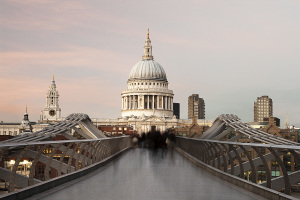NASA astronaut says science 'doesn't contradict' Christianity; Bible museum opens new exhibit

WASHINGTON — A former NASA astronaut said he believes the study of nature and science are intertwined with Scripture at the opening of a new exhibit at the Museum of the Bible about the Good Book's role in the relationship between science and Christianity.
Jeff Williams, a retired NASA astronaut who traveled to space on four separate occasions, told The Christian Post during a visit to the exhibit, titled "Scripture and Science: Our Universe, Ourselves, Our Place" that he spent 534 days in space from 2000 to 2016.
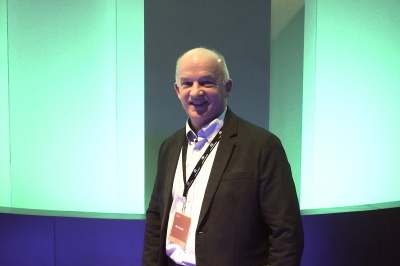
A devout Christian, Williams previously attended a Lutheran Church—Missouri Synod congregation for many years and now attends a Bible church in Washington state.
Williams, who has been heavily involved in scientific research relating to astronomical studies for roughly 26 years, said the new exhibit reaffirmed his belief that science goes hand-in-hand with Christianity, each complimenting the other.
"Science does not contradict Christianity. There is no contradiction. The contradiction comes into your philosophy going into your science," said Williams. "And your philosophy acknowledges a God that has either revealed Himself specifically in the scriptures of the Bible or your philosophy discounts or doesn't allow a God. Then, you have to explain the existence of everything by chance over time."
Williams believes there is a God who has revealed Himself in creation as well as in His Word.
"The exhibit reaffirmed all of the elements that I believe in, in terms of my faith and also applying the faith to the question of science and Scripture," Williams said.
"Many of the scientists in the age of science — who we all read about in our textbooks about the laws of physics and chemistry — were believers first. They were theologians first. People like Kepler and Newton and Faraday and Maxwell, and many others. They were driven by their faith and their understanding of their calling before God to fulfill that calling."
Williams said the first Great Commission, which can be drawn out of Genesis 1:28 to "subdue God's Creation," was obeyed by many early scientists.
God has provided His creation with everything, including the scientific order of Creation, the mathematical order of Creation — chemistry, physics, and optics — which are all clear demonstrations of God's order in creation.
"I believe in the biblical account of creation recorded in Genesis 1 and 2 bearing the image of God. He gave man not only the calling but the ability to seek out that order," Williams stated.
"I think this exhibit will certainly help people reexamine questions that they have in life if they think that there's a conflict between science and the Bible."
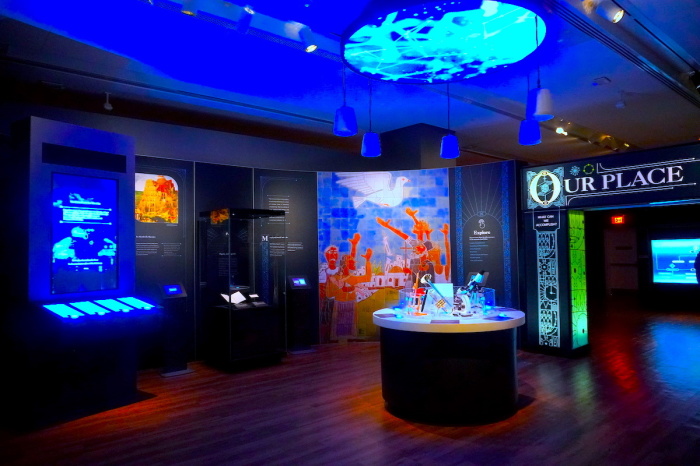
Williams delivered a presentation on what it's been like to be a practicing Christian living the life of an astronaut.
"I hope to share with people how I was selected as an astronaut in 1996, and I came in with a mature faith and understanding of the doctrines of creation," Williams, a retired U.S. Army colonel, said right before his presentation.
"And because of the public perception that science and the Bible were in conflict, I dedicated a lot of studying in those early years so that I could be equipped to answer these kinds of questions going into my career as an astronaut. Because I know this topic comes up all the time."
Williams discussed the awe and wonder of going to space, the vantage point of Earth's orbit.
"I want to talk about how the Bible supports and informs science with the elements of the mathematical order of God's Creation, our calling as humans, bearing the image of God, and how God has equipped us to explore and extract that order and utilize it for the glory of God and the good of mankind," Williams said.
"And that gives the foundational understanding for the biblical worldview of how we can understand the history of technology development, for example, and the history of human progress; it's the God-given ability that stems from His call to subdue His Creation."
Also attending the opening of the new exhibit was Lawrence Principe, a member of an advisory board that helped bring the exhibit to the museum.
"The purpose of the new exhibit is to bring together two of the major features of human culture. That is Scripture, religious belief and scientific investigation, and to look at the interactions between the two over time," Principe told CP.
"I'm hoping people will see that science and faith have a complicated history of relationship with one another. Sometimes working in the same direction and sometimes in debate with one another. But many of the questions both are trying to address are similar about life, human beings' place in the universe, the structure of the cosmos and so forth."
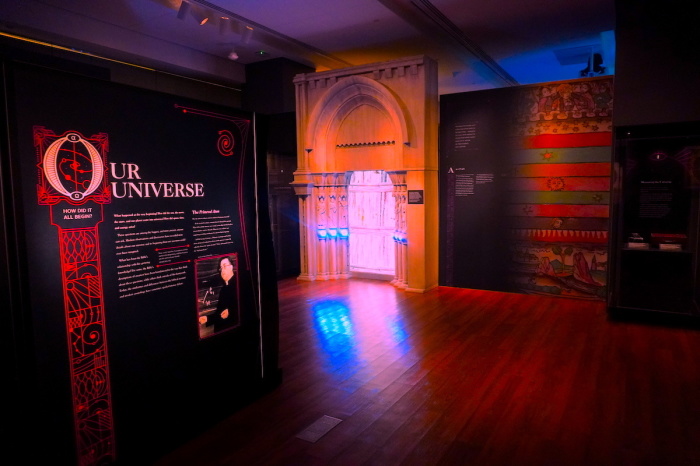
Principe, a practicing Catholic, said one "interesting fact" about the advisory board that created the exhibit is that there is substantial representation from various Christian denominations as well as Judaism.
"I and my Greek Orthodox colleagues were all making sure that we would have a balanced exhibit that shows the different approaches of different faith traditions in relation to the issues of science and religion," Principe said.
"There's a widespread belief that science and Christianity always have to be in conflict, but what we're trying to show here is that people of faith have been involved in science, texts out of the Bible have inspired people to do science, and science has, in turn, helped us gain overtime a better understanding of what the Bible really says."
The hope for the new exhibit, Principe said, is for visitors who are exploring Christianity and wondering how science coincides with it to understand both in a way that enhances their scientific knowledge and increases their faith.
"I think there's a lot of misinformation out there about what the relationship between science and religion is supposed to have been, and this exhibit is an attempt to tell a more historically accurate depiction of the complex interactions between the two," Principe said. "I would hope that people who are concerned about what is the impact of religion on science and what's the impact of science on religion will come here and come away with some new ideas of how that interaction can exist."
The museum contracted Storyline Studios to design the exhibition.
The executive producer of Storyline Studios, Jeff Wyatt, who helped lead the team of artists, designers and fabricators in facilitating the creation of the exhibition's visual impact and design, attended the exhibition's opening.
"I hoped that in creating and designing this exhibition, people would see that Scripture and science are not in conflict but are in a conversation that is ongoing. And in recent years, it seems like there is more conflict, but there is a longer history that proves that faith and science are not at odds with each other," Wyatt said.
Wyatt noted that reading the Bible inspires curiosity about the world, while scientific discovery has encouraged some people to look at the Bible in different ways, which creates a back-and-forth that has happened across history.
"Faith provides meaning, while science provides 'the why.' It all comes back to that. This whole exhibition shows that both science and religion have their place and that they don't necessarily need each other, but they are in constant conversation with each other and the world," he said.
"They are hand-in-hand. One inspires the other."
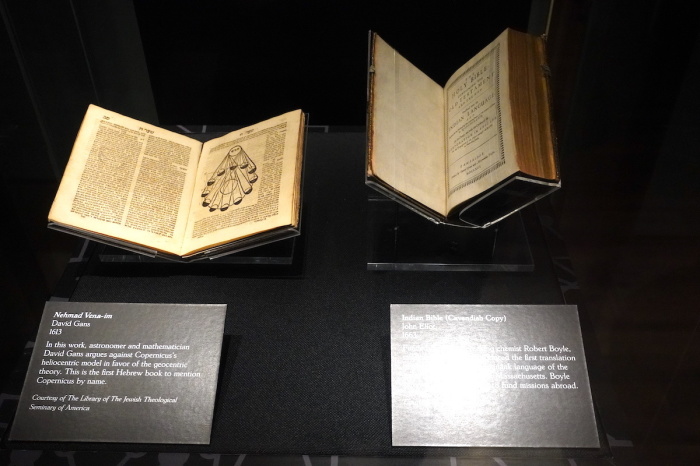
Nicole Alcindor is a reporter for The Christian Post. She can be reached at: nicole.alcindor@christianpost.com.
















